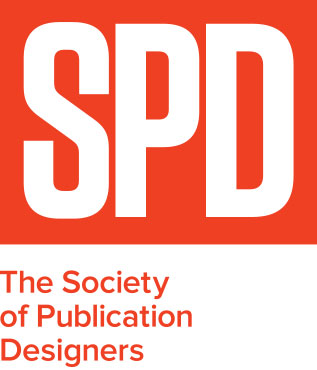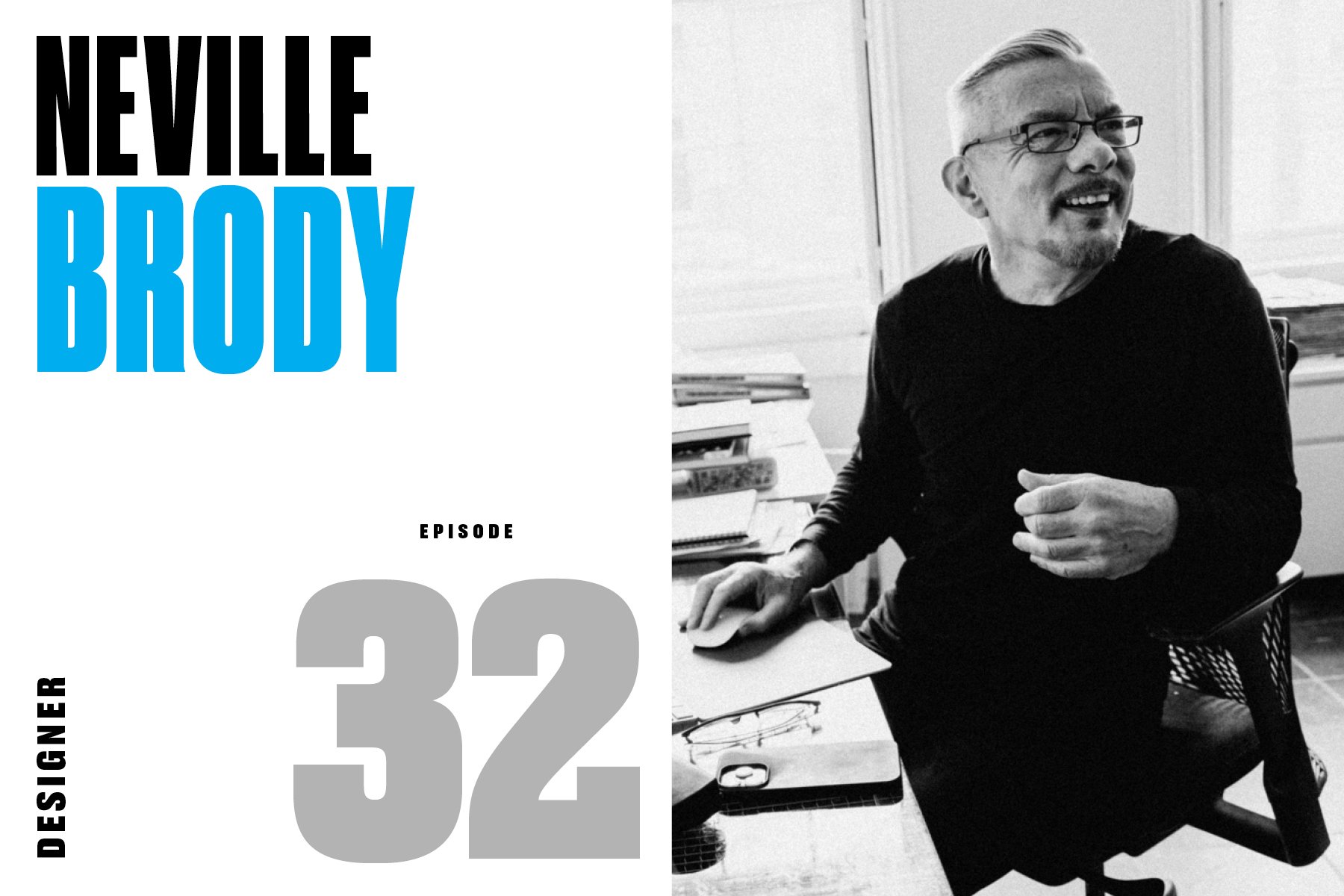Episode 32: Neville Brody (Designer: The Face, Arena, Arena Homme +, more)
/“Once you have broken down the rules, literally anything is possible.’”
—
In the business of magazine design, few names resonate as profoundly as Neville Brody. And, to this day, he lives by those words.
Renowned for his groundbreaking work and commitment to pushing design boundaries at magazines like The Face, Arena, Per Lui, and others, Brody is a true auteur in the world of design. We talked to him at the launch of his spectacular new monograph, The Graphic Language of Neville Brody 3.
Nurtured on 1970s British punk music, which rejected anything that appeared self-indulgent or overwrought, Brody found the perfect launch pad at The Face, the London-based music, fashion, and culture monthly, created by editor Nick Logan in 1980.
The Face inspired an array of fellow magazine rule-breakers, including the late Tibor Kalman, David Carson, and Fabien Baron, who calls Brody’s work “powerful, aggressive, and simple.”
Since then, Brody's journey in graphic design has been marked by a relentless, almost unforgiving pursuit of innovation. His magazine design challenged conventional norms and redefined visual storytelling. Brody’s design approach is characterized by a rejection of conventional grid systems and editorial hierarchies, and a willingness to break free from established design rules.
And he thinks magazines today are missing a giant opportunity:
“That’s the beauty of print, that you can’t achieve in the same way digitally. Digital is so commoditized. We’re not expressing content anymore. We’re just delivering it.
Neville Brody's legacy in magazine design lies in his fearless approach to challenging the status quo and his ability to capture the zeitgeist of his time. By pushing the boundaries of traditional graphic design, he not only influenced the look and feel of magazines but also inspired a generation of designers to embrace innovation, experimentation, and a spirit of creative rebellion. Brody's work continues to be celebrated for its enduring impact on the evolution of graphic design and its role in shaping the visual language of contemporary media.









